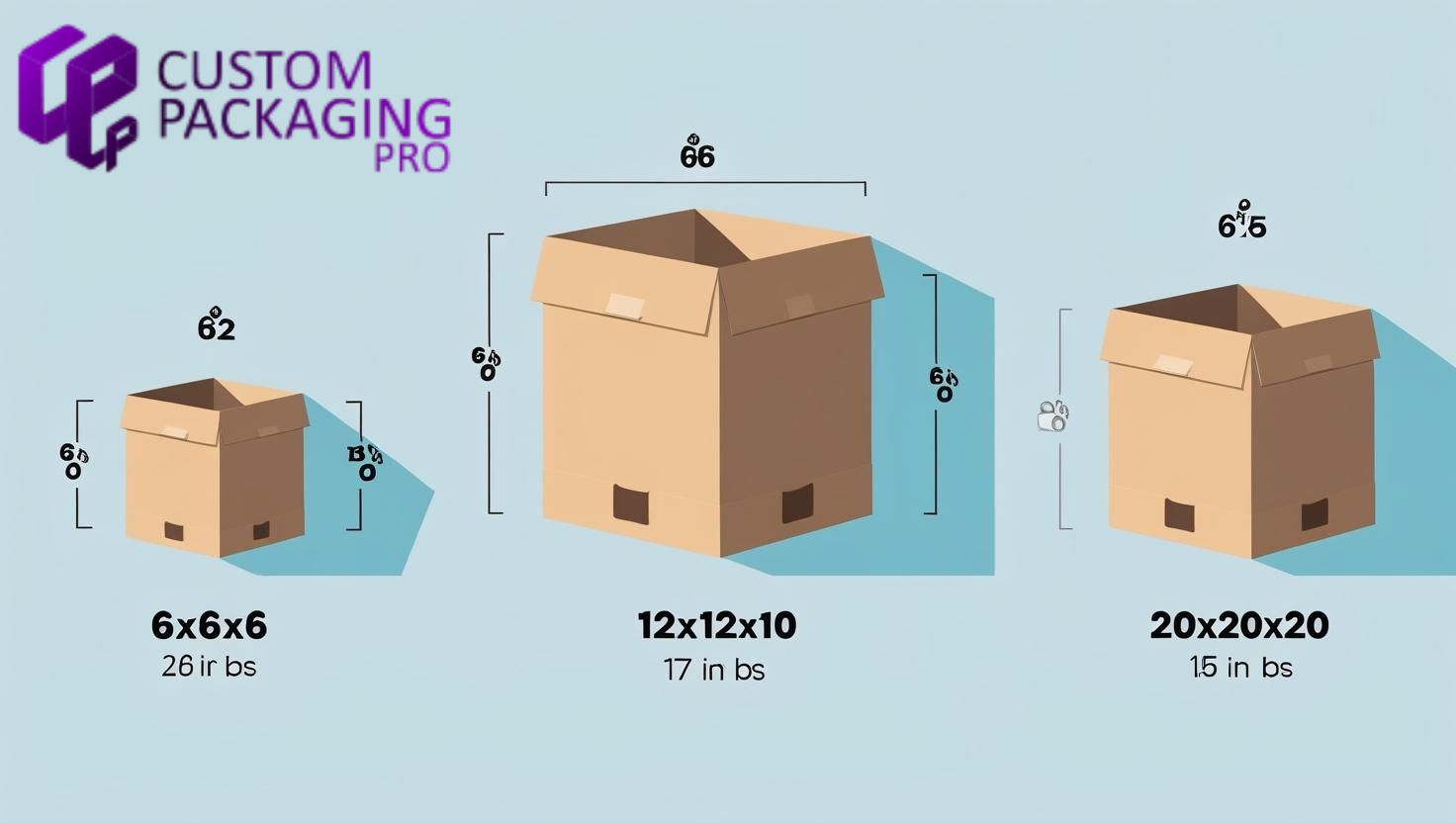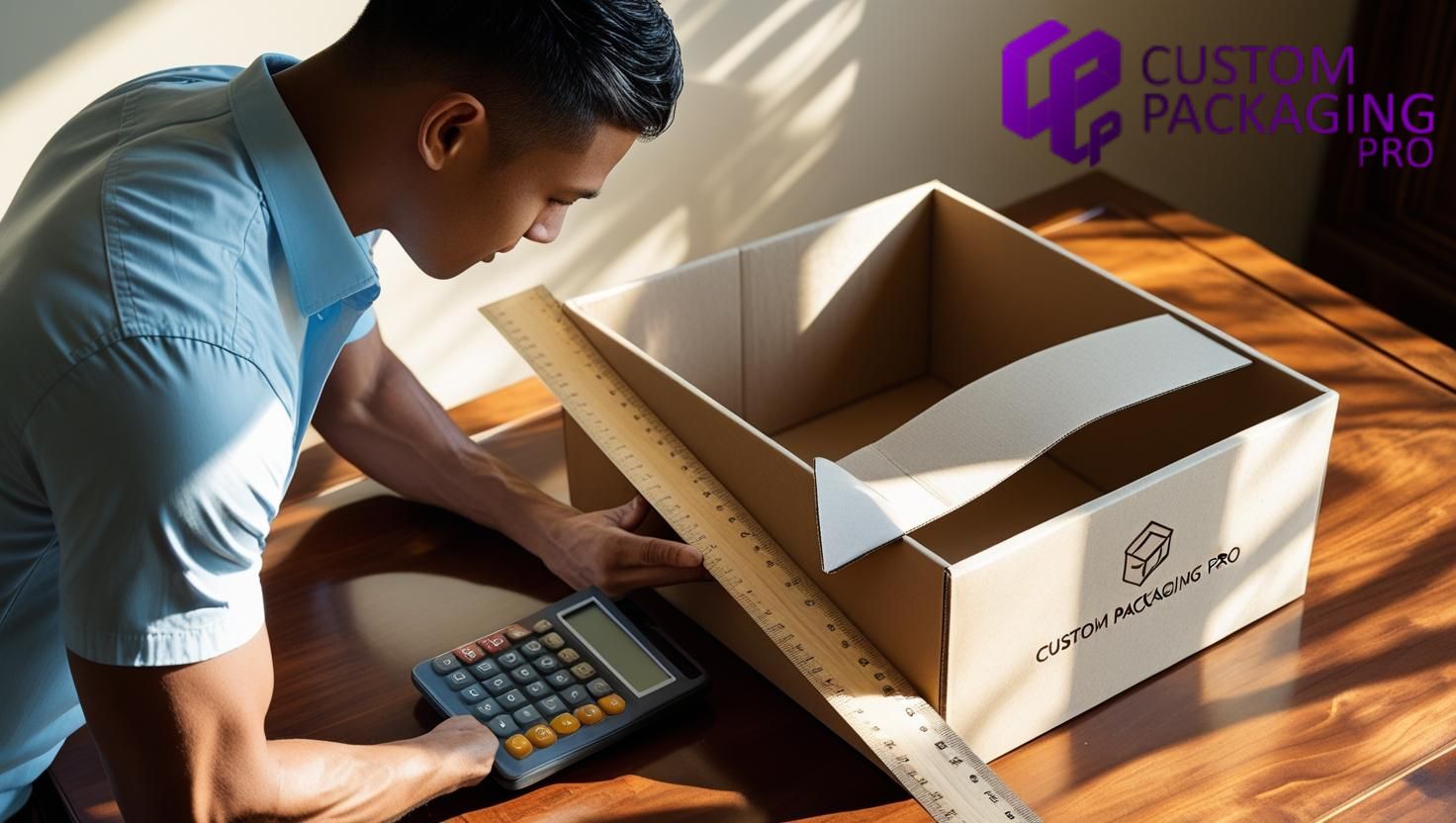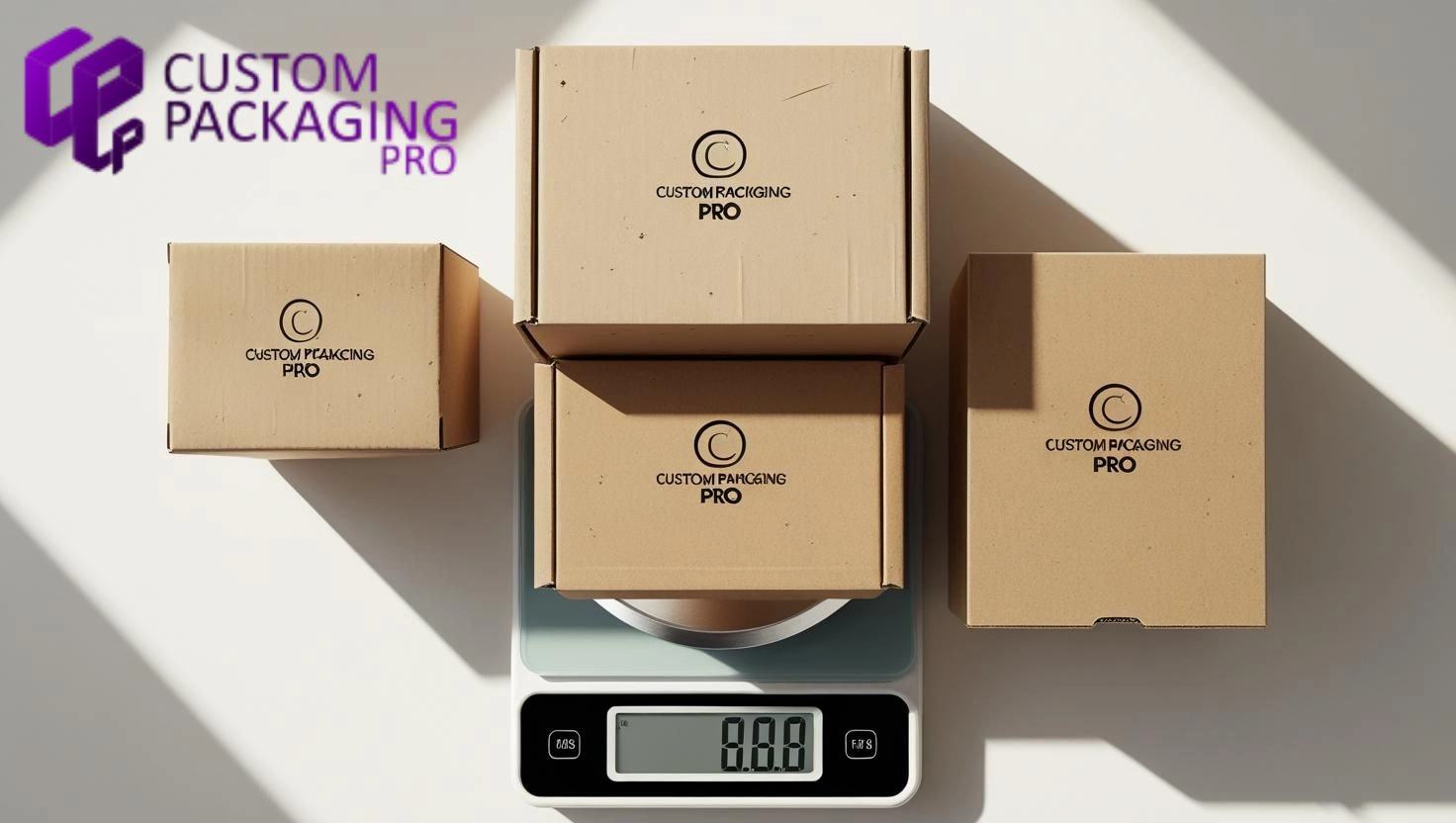June 05, 2025
How Much Does a Cardboard Box Weigh? A Comprehensive Guide by Custom Packaging Pro
When scheduling packaging logistics, the weight of a cardboard box might seem like an insignificant factor—but it is a significant factor when it comes to shipping charges, product security, and supply chain effectiveness. Whether you're storing, shipping, or relocating products, understanding the cardboard box weight can inform better packaging choices. Here's how.
Understanding the Weight of a Cardboard Box
The weight of a cardboard box depends on several variables: size, material thickness, type (single-wall or double-wall), and moisture content. A standard single-wall 6x6x6 corrugated cardboard box typically weighs between 0.25 to 0.33 lbs (4 to 5.3 oz). But this can vary significantly with box dimensions and construction type.
So, how much does a cardboard box weigh on average? Here’s a simple breakdown:
Small box (6x6x6): ~0.25–0.33 lbs
Medium box (12x12x10): ~0.5–0.8 lbs
Large box (20x20x20): ~1.2–2 lbs
Cardboard Box Weight Calculator
To avoid guesswork, most companies now use a cardboard box weight calculator. These devices take box size, flute style, and grade of material to provide accurate values.
Even with online resources, you can estimate the weight from the density of cardboard, which is generally around 0.64 to 0.96 g/cm³, depending on if it's Kraft, corrugated, or chipboard.
Formula Tip:
Box Volume (in³) × Density (g/cm³) = Estimated weight (g)
Convert grams to pounds for easier freight calculations.
How Much Does a Box Weigh in Pounds?
To calculate the weight of a cardboard box in pounds, you need to use a specific conversion factor. In this case, the assumed density of cardboard per cubic foot is 166. To calculate dimensional weight for shipping, use the formula Length × Width × Height / 166, where length width height are the package dimensions in inches. This constant is used in the following formula:
Cardboard Box Weight (lbs) = Length × Width × Height / 166
Let’s take an example: If you're using a custom box with dimensions 6 x 6 x 6 inches, the weight calculation would be:
Box Weight = 6 × 6 × 6 / 166 = 216 / 166 = approximately 1.3 pounds
So, a 6x6x6 inch cardboard box weighs about 1.3 pounds. For a larger box, say 40 x 12 x 12 inches, the weight comes out to roughly 34.69 pounds using the same formula.
Converting Weight from Pounds to Ounces
If you want the weight in ounces instead of pounds, simply multiply the pound value by 16, since one pound equals sixteen ounces. For example:
A 6 x 6 x 6 box that weighs 1.3 pounds = 1.3 × 16 = 20.8 ounces
Now consider a 12 x 12 x 12 box. Using the formula:
Box Weight = (12 × 12 × 12 / 166) × 16 = (1728 / 166) × 16 ≈ 10.4 × 16 = 166.4 ounces
So, the box weighs around 10.4 pounds or 166.4 ounces.
How Much Does a Cardboard Box Weigh in KG?
If you prefer metric measurements, calculate the box volume in cubic centimeters and then convert to kilograms using this formula:
Box Weight (kg) = Length (cm) × Width (cm) × Height (cm) / 6000
For example, a box that’s 28 cm x 12 cm x 17 cm:
Weight = 28 × 12 × 17 / 6000 = 5712 / 6000 ≈ 0.952 kg
That’s just under 1 kilogram.

Converting Box Weight in KG into Grams
To get the weight in grams, simply multiply the kilograms by 1000 (since 1 kg = 1000 grams):
Box Weight (g) = (Length × Width × Height / 6000) × 1000
So for the 28 x 12 x 17 cm box:
Weight = 0.952 kg × 1000 = 952 grams
Similarly, a 16 x 12 x 12 cm box would weigh approximately 384 grams.
Point to Consider:
Remember, all the above equations provide an expected value for a specific box size. It is cardboard material thickness, density, and type on which exact values rely.
Why Cardboard Box Weight Matters
Here’s why it’s essential to understand the weight of cardboard boxes:
Shipping Costs: Couriers calculate postage based on dimensional and actual weight.
Product Safety: Lighter boxes may not protect heavier goods adequately.
Warehouse Efficiency: Knowing box weight helps optimize stacking and space management.
Environmental Impact: Lighter materials reduce fuel usage and carbon footprint.
How Much Does Cardboard Itself Weigh?
If you're wondering how much does cardboard weigh as a material, here’s an average estimate:
- Corrugated cardboard: ~0.69 g/cm³
- Non-corrugated chipboard: ~0.83 g/cm³
These values can shift depending on humidity and the manufacturing process.
Weight vs. Strength
One common misconception is that heavier boxes are always stronger. In truth, box strength depends more on flute profile, paper type, and construction than just mass. So don’t overpay for weight—opt for smart structural designs instead.
CPP’s Custom Approach to Box Sizing and Weight
At Custom Packaging Pro (CPP), we help brands select the ideal packaging that strikes a balance between weight, strength, and affordability. Whether you're shipping electronics, cosmetics, or delicate items, our experts engineer boxes to withstand pressure—literally.
Need boxes with exact weight specifications? Or maybe you're aiming for cardboard box weight for shipping efficiency? We offer end-to-end support—from design to delivery.
Conclusion
Knowing the weight of the cardboard box is critical to logistics, budget, and product protection. From the 6x6x6 box up to custom oversized boxes, weight matters more than you may realize.
If you're wondering, "How much does a cardboard box weigh?"—now you know it varies, but CPP is here to assist in calculating and tailoring.
Need Help Choosing the Right Box?
Let the experts at Custom Packaging Pro guide you with packaging that’s tailor-fit—by weight, size, and strength. Contact us today for custom quotes, accurate sizing, and smarter packaging solutions.

FAQ
Q1. How much does a cardboard box weigh?
A. The weight of a cardboard box depends on its size and thickness. For example, a standard 6x6x6 inch box weighs approximately 1.3 pounds.
Q2. How much does a small cardboard box weigh?
A. A small cardboard box (e.g., 4x4x4 inches) typically weighs between 0.5 to 1 pound depending on the material used.
Q3. Where to buy cardboard boxes?
A. You can purchase cardboard boxes from packaging suppliers like Custom Packaging Pro, office supply stores, hardware stores, or online marketplaces like Amazon and Uline.
Q4. Will cardboard boxes protect plants from frost?
A. Yes, cardboard boxes can offer temporary frost protection for plants by acting as an insulator, especially during short cold spells.
Q5. What are cardboard boxes made of?
A. Cardboard boxes are usually made of corrugated fiberboard—three layers of kraft paper that provide strength and durability.
Q6. Where to buy large cardboard boxes?
A. Large cardboard boxes are available at packaging companies, moving supply stores, and online retailers like Custom Packaging Pro, Home Depot, or U-Haul.
Q7. How to fold a cardboard box?
A. To fold a cardboard box, crease along the pre-scored lines, fold the flaps inward, and secure the bottom with packing tape for stability.












